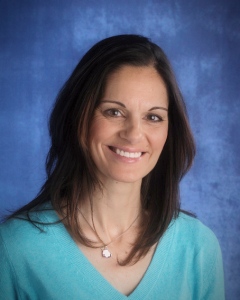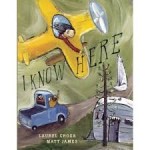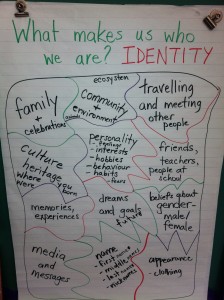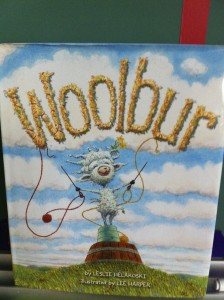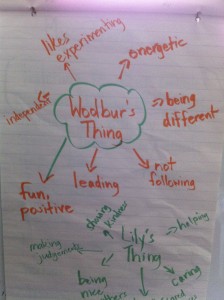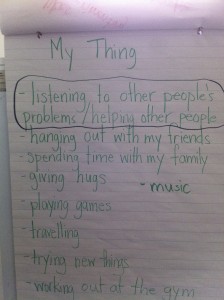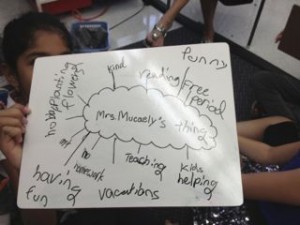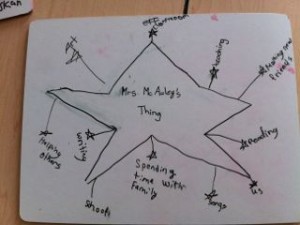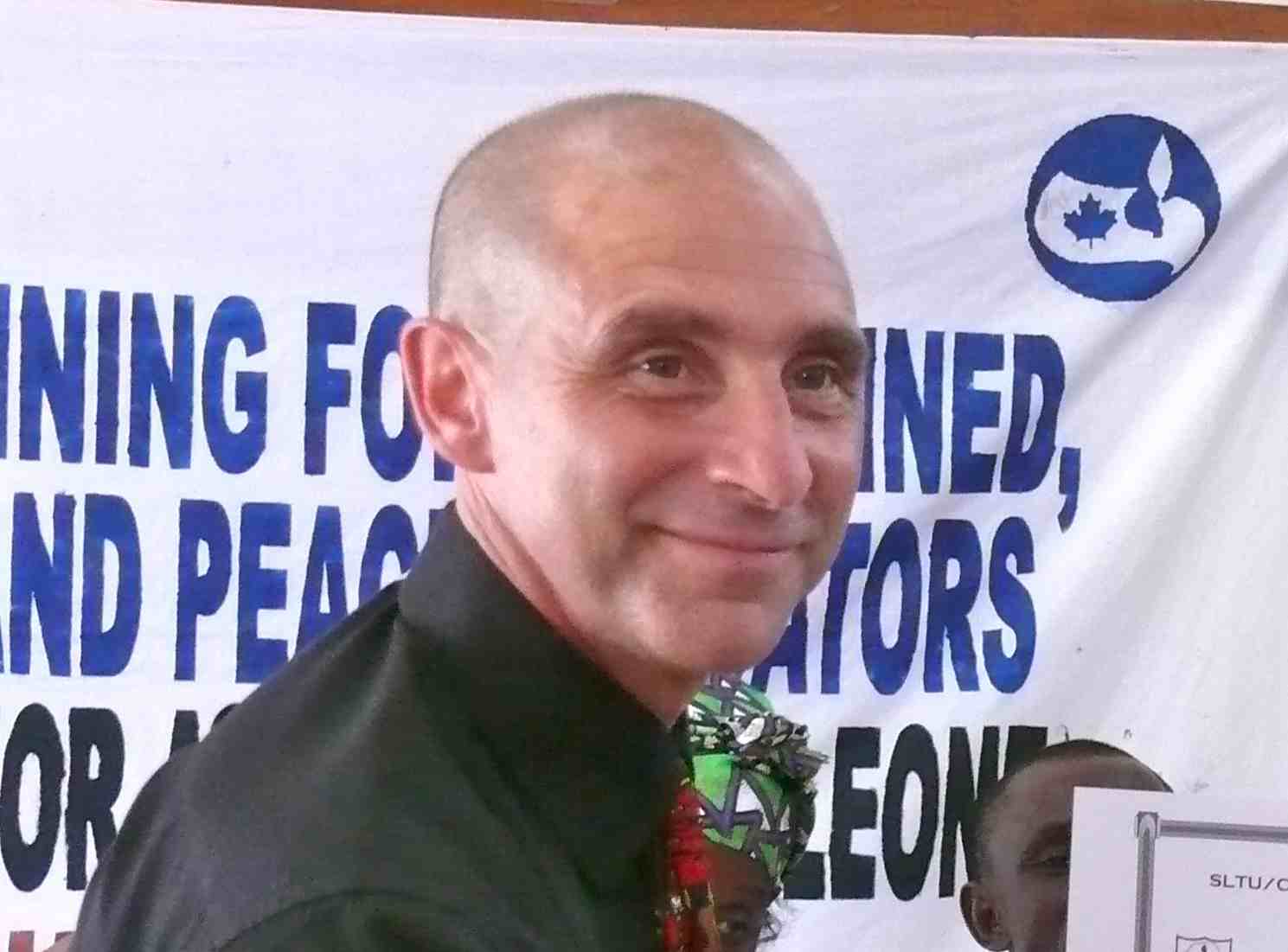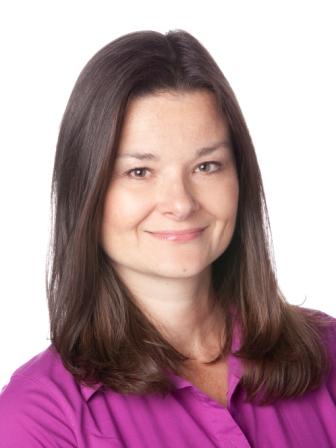When my non-teacher friends describe teachers, words like type A, perfectionist, and control freak tend to be at the top of the list and although they may say it’s all in jest, I know that’s exactly how they see most educators. Truth be told that in conversation with colleagues and observing many classrooms, I have to admit that to some degree, giving up control presents a challenge that not everyone is willing to take on. For some teachers, the thought of having students organize the classroom library or put up a bulletin board on their own makes them nervous, to say the least.
I’ve always thought of myself as an educator who shares in the learning with my students and I’ve worked to create an environment in my classroom that I feel is conducive to exploration, inquiry and self-expression. Of course, this is how I believe things to be without taking into consideration if indeed, my students feel the same way. I decided to speak with my class about how they felt with respect to the control they had over how things we run. Interestingly, we came to the conclusion that although they felt they could question anything and could express themselves while feeling valued, they did wish they had more control over day-to-day routines such as organizing supplies, creating the class calendar, writing the homework, putting up bulletin boards, etc.
I realized that I hadn’t given them those opportunities because of my limited belief about how much eight and nine year-olds could handle without creating havoc in our classroom. I had my doubts about giving up that control over the day-to-day tasks but was curious to find out how they would handle it. Students began to put up and take down bulletin boards, organize the class schedule and calendar, write up the homework on the information board, organize the forms and notes mailboxes, track completed and unfinished work using class charts, create their own anchor charts, organize the classroom library and supplies cupboards, etc.
What began to happen was wonderful: the students quickly demonstrated how independent and capable they are to run the day-to-day classroom tasks and I had more time to myself that I used to plan, mark and prepare for activities. Giving up control ended up giving us all the freedom we needed both to do our jobs better!

